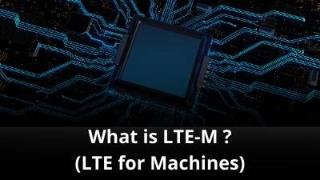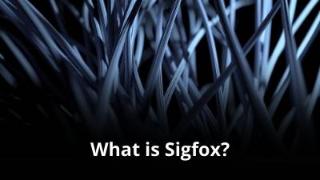RIntroduction about the LoraWAN IOT Network
LoRaWAN is a wireless technology designed for long-range, low-power communication. It’s ideal for devices that need to send small amounts of data infrequently, like sensors in remote locations or trackers for assets. LoRaWAN networks use gateways to relay messages between devices and a central server, offering wide coverage and robust connectivity.
This technology is particularly useful in applications like smart agriculture, industrial IoT, and smart cities, where battery life is a critical factor and vast areas need to be covered. LoRaWAN’s ability to penetrate buildings and operate in challenging environments makes it a reliable choice for many IoT projects.
The LoRaWAN Spectrum
LoRaWAN operates in the unlicensed spectrum, a crucial factor contributing to its global appeal and cost-effectiveness. By utilizing unlicensed bands, LoRaWAN avoids the complexities and expenses associated with spectrum licensing, making it accessible to a broader range of users and applications. The specific frequency bands used for LoRaWAN vary depending on regional regulatory frameworks. For instance, in Europe, the 868 MHz band is commonly employed, while in the United States, the 915 MHz band is more prevalent. This flexibility in spectrum choice allows LoRaWAN networks to be deployed in various geographical locations without significant modifications.

The LoRaWAN Coverage

One of LoRaWAN’s standout features is its exceptional coverage. Leveraging the characteristics of the LoRa modulation technique, LoRaWAN-enabled devices can communicate over vast distances, often exceeding several kilometers in open environments. This long-range capability is particularly advantageous for applications in remote areas, agriculture, and smart city infrastructure. Furthermore, LoRaWAN’s ability to penetrate buildings is superior to many other wireless technologies, ensuring reliable connectivity even in indoor environments.
The LoRaWAN Data Rates
While LoRaWAN excels in long-range communication, it’s essential to acknowledge that data rates are relatively low compared to other wireless technologies. This trade-off between range and data rate is inherent to the design of LoRaWAN, which prioritizes power efficiency and coverage over high-speed data transfer. However, the low data rate is sufficient for a wide range of IoT applications, including asset tracking, environmental monitoring, and smart metering, where infrequent and small data packets are transmitted.

The LoRaWAN Power Consumption

Power consumption is a cornerstone of LoRaWAN’s appeal. Designed with energy efficiency in mind, LoRaWAN devices can operate on batteries for extended periods, often years, without requiring frequent replacements or recharging. This characteristic is crucial for applications where battery replacement is impractical or costly, such as remote sensors deployed in harsh environments. By optimizing power consumption, LoRaWAN enables the deployment of large-scale IoT networks with minimal maintenance overhead.
The LoRaWAN Cost
The cost-effectiveness of LoRaWAN is a key factor driving its adoption. Operating in the unlicensed spectrum eliminates the need for spectrum licenses, significantly reducing deployment expenses. Additionally, the low power consumption of LoRaWAN devices translates to lower battery replacement costs and extended device lifetimes. Moreover, the open-source nature of LoRaWAN fosters competition among hardware and network providers, leading to price reductions and increased accessibility.

The Reliability and Availability

LoRaWAN offers a high degree of reliability and availability. The use of spread spectrum modulation and error correction coding enhances the robustness of the communication link, reducing the impact of interference and noise. Furthermore, LoRaWAN networks typically employ redundancy and fault tolerance mechanisms to ensure continuous connectivity. This reliability is essential for critical IoT applications where data loss or network outages can have severe consequences.
The LoRaWAN Security
Security is a paramount concern in IoT deployments, and LoRaWAN incorporates several security features to protect data and devices. The network architecture includes encryption and authentication mechanisms to prevent unauthorized access and data tampering. Additionally, LoRaWAN supports over-the-air activation (OTA) and device management capabilities, allowing for secure provisioning and updates. While security is a complex issue that requires ongoing attention, LoRaWAN provides a solid foundation for securing IoT communications.

The LoRaWAN Speed

As previously mentioned, LoRaWAN prioritizes range and power efficiency over speed. While not designed for high-speed data transfer, it is suitable for applications with moderate data rate requirements. The specific data rate achievable depends on factors such as modulation scheme, spreading factor, and channel conditions. For applications demanding higher data rates, other wireless technologies might be more appropriate.
What are the advantages and disadvantages?
- Long range: Enables wide-area coverage.
- Low power consumption: Extends battery life.
- Cost-effective: Eliminates spectrum licensing fees.
- Scalability: Supports a large number of devices.
- Flexibility: Operates in unlicensed spectrum.
- Robustness: Resists interference and provides reliable connectivity.
- Low data rates: Not suitable for high-speed applications.
- Limited bandwidth: Can become congested in dense environments.
- Potential for latency: Can experience delays in data transmission.
- Interference susceptibility: Can be affected by other wireless devices.
- Complex network management: Requires careful planning and optimization.
- Standardization challenges: Different regional standards can complicate global deployments.
Type of Applications
It is suitable for a wide range of IoT applications, including:
- Smart cities: Waste management, street lighting, parking management, environmental monitoring.
- Agriculture: Precision farming, livestock tracking, irrigation control, crop monitoring.
- Logistics: Asset tracking, supply chain management, container monitoring.
- Industrial IoT: Remote monitoring, equipment maintenance, asset management.
- Smart homes: Security systems, energy management, home automation.
- Healthcare: Patient monitoring, asset tracking, remote healthcare.

Frequently Asked Questions
1. What is the maximum range of LoRaWAN?
The maximum range of LoRaWAN can vary significantly depending on factors such as antenna height, terrain, and frequency band. In ideal conditions, it can exceed several kilometers.
2. Can LoRaWAN be used for real-time applications?
While LoRaWAN is not designed for real-time applications with strict latency requirements, it can be used for applications with moderate latency tolerance.
3. Is LoRaWAN suitable for indoor environments?
Yes, LoRaWAN can penetrate buildings effectively, making it suitable for indoor IoT applications.
4. What is the difference between LoRa and LoRaWAN?
LoRa is a physical layer modulation technique, while LoRaWAN is a communication protocol built on top of LoRa. LoRaWAN defines network architecture, data formats, and security mechanisms.
5. How secure is LoRaWAN?
LoRaWAN incorporates security features such as encryption and authentication to protect data and devices. However, like any wireless technology, it’s essential to implement additional security measures for critical applications.
Summary
LoRaWAN has emerged as a leading technology in the realm of Low-Power Wide Area Networks (LPWAN), offering a compelling combination of long range, low power consumption, and cost-effectiveness. Its ability to operate in unlicensed spectrum and support a vast number of devices has fueled its widespread adoption across various industries. While LoRaWAN is not without its limitations, particularly in terms of data rates and potential latency, it remains a valuable tool for a wide range of IoT applications. As the technology continues to evolve, we can expect further advancements in performance and capabilities, solidifying LoRaWAN’s position as a cornerstone of the IoT landscape.










